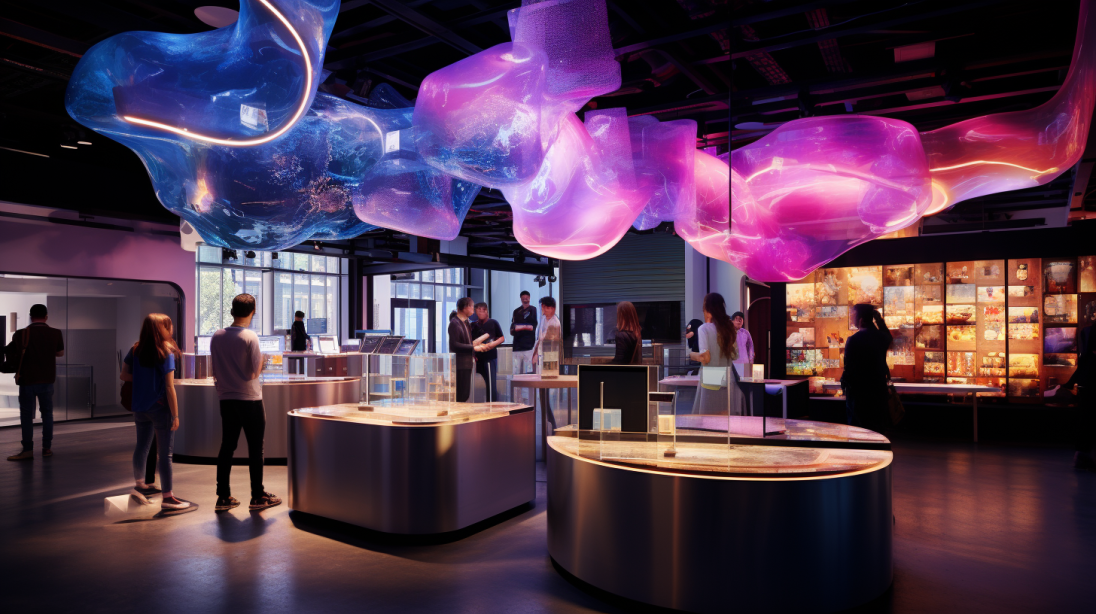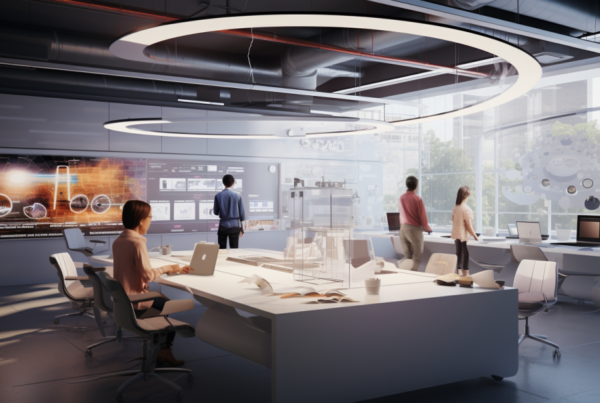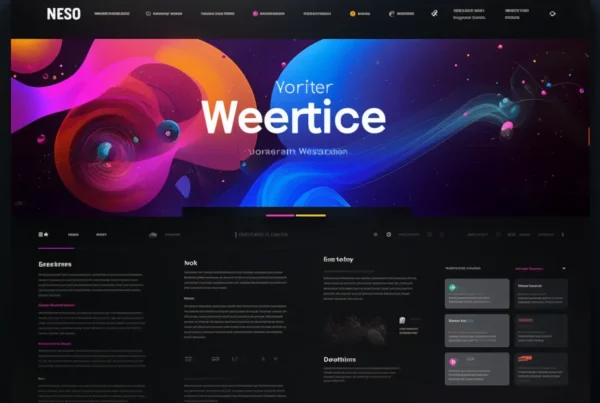Introduction to UI Evolution
The digital world is continuously evolving, and at the heart of this evolution is User Interface (UI) design. UI design plays a pivotal role in shaping the digital experiences of users. As technology advances, UI trends also undergo significant transformations. In this exploration, we delve into the latest UI trends that are not only redefining aesthetics but also enhancing user engagement and functionality in the digital landscape.
Emergence of Advanced Interactivity
Micro-Interactions: Enhancing User Engagement
One of the standout trends in modern UI design is the use of micro-interactions. These are small, interactive elements that provide feedback and guide users through their digital journey. From the animation that appears when a button is clicked to the subtle sound when a task is completed, micro-interactions contribute significantly to a more engaging and intuitive user experience.
Gamification: A Tool for Engagement and Learning
Gamification in UI design involves integrating game-like elements into non-gaming applications. This approach has been instrumental in increasing user engagement, particularly in educational and productivity apps. By incorporating points, challenges, and rewards, designers can create a more compelling and interactive user experience.
Minimalism: The Art of Less is More
Simplified Interfaces for Enhanced User Experience
Minimalism in UI design is not a new concept, but it continues to be a dominant trend. This design philosophy is about stripping away unnecessary elements and focusing on what is essential. The result is a clean, uncluttered interface that is easy to navigate and pleasing to the eye. Simplified interfaces not only look modern but also improve the usability of the application.
The Role of Negative Space in UI Design
Negative space, or whitespace, is a crucial element of minimalist design. It helps in creating a visual hierarchy, making it easier for users to focus on the primary elements. Effective use of negative space can significantly improve the readability and overall aesthetic appeal of the interface.
Embracing Bold Typography and Color Schemes
Typography as a Branding Tool
Bold and creative typography has become a powerful tool in UI design. Beyond merely conveying information, typography is now used to create a unique brand identity. Large, bold fonts make a statement and can effectively draw the user’s attention to important content.
Color Psychology in UI Design
The use of color in UI design goes beyond aesthetic appeal. Different colors evoke different emotions and reactions. Designers are increasingly using color psychology to create a more immersive and emotionally resonant user experience. Vibrant and contrasting color schemes are also being used to make interfaces more dynamic and lively.
Integration of AI and Machine Learning in UI
Personalized User Experiences Through AI
Artificial Intelligence (AI) and Machine Learning (ML) are playing a significant role in UI design by enabling personalized user experiences. AI algorithms can analyze user behavior and preferences to deliver content and recommendations that are tailored to individual users. This personalization enhances user engagement and satisfaction.
AI-Powered Chatbots and Virtual Assistants
AI-powered chatbots and virtual assistants are becoming integral components of modern UI design. They provide users with instant assistance, making the user journey more efficient and enjoyable. These AI elements are designed to be more intuitive and
human-like, offering a conversational interface that adds a personal touch to digital interactions.
Adaptive and Responsive Design: A Necessity in the Mobile-First World
The Importance of Responsive UI in Multi-Device Compatibility
With the proliferation of various devices like smartphones, tablets, and wearables, responsive UI design has become indispensable. This approach ensures that UI elements adapt seamlessly to different screen sizes, providing a consistent user experience across all devices. Responsive design is not just about scaling but also about rethinking the layout to enhance usability on smaller screens.
Fluid Layouts and Flexible Grids
The concept of fluid layouts and flexible grids is central to responsive design. This approach involves using relative units like percentages, rather than fixed units like pixels, for layout elements. As a result, the UI can adjust fluidly to the screen size, ensuring that the design remains intact and functional regardless of the device.
Augmented Reality (AR) and Virtual Reality (VR) in UI Design
Immersive Experiences Through AR and VR
Augmented Reality (AR) and Virtual Reality (VR) are revolutionizing UI design by creating immersive and interactive experiences. These technologies enable users to interact with digital environments in a more lifelike and engaging way. AR and VR are particularly impactful in fields like e-commerce, education, and gaming, where they provide a new dimension to user interaction.
The Challenges and Opportunities of AR/VR UI Design
Designing for AR and VR presents unique challenges and opportunities. UI designers must consider the spatial and 3D nature of these mediums, which requires a different approach than traditional 2D interfaces. The focus is on creating intuitive and natural interactions that leverage the full potential of AR and VR technologies.
Dark Mode: Beyond Aesthetics
The Growing Popularity of Dark Mode
Dark mode has gained immense popularity as a UI trend, offering an alternative to the traditional bright, white interfaces. This mode is not just about aesthetics; it also addresses practical concerns like reducing eye strain and saving battery life on devices with OLED screens.
Implementing Dark Mode Effectively in UI Design
When implementing dark mode, designers must consider contrast ratios, colors, and textures to ensure readability and visual appeal. It’s not merely about inverting colors; it involves a thoughtful redesign of the interface to make the dark mode experience as comfortable and enjoyable as the light mode.
Conclusion: The Future of UI Design
The realm of UI design is ever-evolving, driven by technological advancements and changing user preferences. The trends discussed herein, from micro-interactions to AR/VR integration, represent the forefront of this evolution. As we move forward, the key to successful UI design will lie in balancing aesthetics with functionality, innovation with usability. By embracing these trends, designers can create digital experiences that are not only visually stunning but also deeply resonant with users. The future of UI design promises to be an exciting journey, one that continues to redefine our interaction with the digital world.



